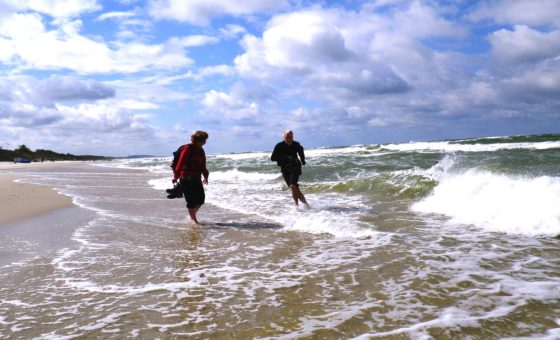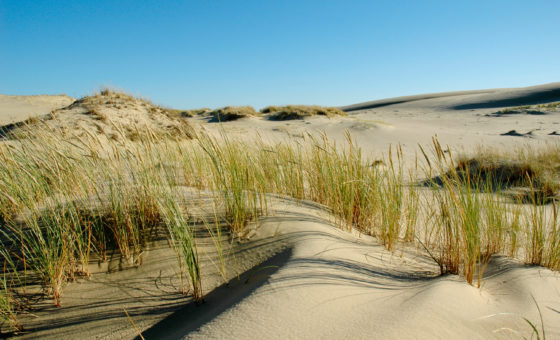Tartu
The second largest city in Estonia, Tartu, is a University town known as Estonia’s intellectual center. Tartu is known as one of the oldest cities in all of the Baltic nations. It was first mentioned in texts in 1030 and settled centuries before. Tartu’s modern day charm is centered in Tartu’s Old Town and Town Hall Square where you can walk among the locals and take in the seasonal festivities. In winter there is a Christmas Market, St. Mary’s Fair in autumn and the Hanseatic Days during summertime. While in the town center be sure to see the famous statue of the Kissing Students which has become a symbol of Tartu. As Tartu is known as a university city, no visit to Tartu would be complete without a trip to the University of Tartu. Founded in 1632, it is one of the best-known icons of education and culture in Estonia. As you walk around the 17th century building it is impossible to see the parallels to Greek architecture in its six huge white columns on its main building. And on the subject of Greek architecture in a North-Eastern European nation, take a walk around Toomemägi and take notice of the observatory and anatomicum and the library built in the ruins of the Dome Church, and try not to understand why Tartu has been dubbed the Athens of the Emajõgi River.
Take a quick trip to Vapramäe-Vellavere-Vitipalu a mere 20km outside the center of Tartu to experience the region’s best hiking and cycling trails. If you are interested in more outside activities then Lake Peipsi that happens to be one of the biggest lakes in Europe will take you onto a diverse amount of fun activities. There are great hiking and swimming opportunities along the 40 km of beach coast. Lake Peipsi offers beaches with warm water and great walks along its ever-shifting singing sands. Visit the Kotka hiking trail that will take you to the Rüütli bog islands. It’s perfect for those who are up for a tougher hike but still want to enjoy the peace and quiet. Whilst on the route, do as most Estonians and get your share of fresh and wild barries and mushrooms from the forests.
The Lake Peipsi region is also well known for its beauty and tranquility of the countryside, and the Russian Old believers that settled in the Eastern Estonia after escaping religious repressions in Russia centuries ago. Their authentic lifestyle and traditions remain as they don’t mix themselves with modern people and you are welcome to see their villages and learn more about them in the history museum of Varnja.
There are numerous of events happening around Lake Peipsi all year round, as well as outdoor activities such as horseback riding, boat trips, biking tours, fishing and even nature education programs. We offer excellent cycling tours along Lake Peipsi’s sandy beaches and sandstone rocks and hikes that will take you through typical Estonian countryside. The cycling routes will take you onto Alatskivi Castle –a fairytale-like castle built in Scottish Barons Style surrounded by a park that will make you enjoy every single step in it.
Other manors worth visiting are Karlova Manor and Luke Manor and Manor Park. Karlova Manor founded in 1793 filled with collections of arts, books and rarities, became the cultural center of local Russians. The manor is a treasury for history lovers. Luke Manor and Manor Park are more suitable for those of you who rather enjoy beautiful surrounding and Neo-Baroque and Heimat Style which the manor has characteristics of. Explore the historical gardener’s house and ponds that are restored after the World War II when the manor building was destroyed.
Don’t forget to make a visit to Otepää Nature Park known as the Winter Wonderland of Estonia and rent a pair of skis to face the magical snowy hills. If you are up for a special adventurous experience then visit Paap Kolar’s Sarari Centre where you drive a motor vehicle and go for a safari and picnic in the middle of the night. There are plenty of other sights such as the ruins of Otepää Bishop Castle, the Otepää church and Otepää town hall. Main reason, however, is to come here for all of the great outdoor activities like hiking the hills and valleys around Kääriku or do the 9 km exercise track from Pühajärv to Kääriku.






